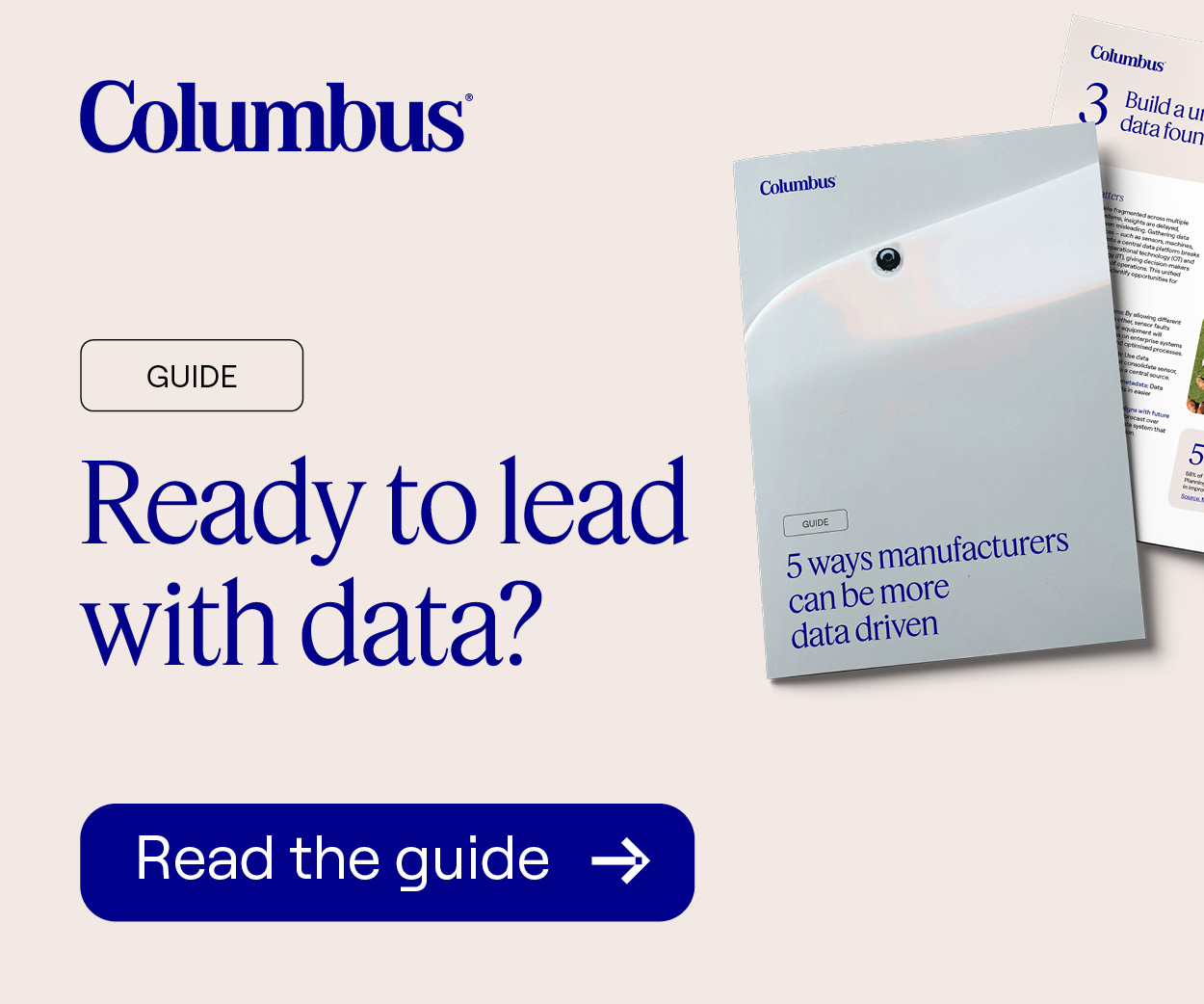The manufacturing sector has continued to face a plethora of complex challenges in recent years. From supply chain disruption and skills shortages, through to technology adoption and sustainability duties, there is enough for manufacturers to work to overcome before even considering the turbulent economic landscape.
But in challenging times comes opportunity. Acquisition activity has been plentiful in the last year, in sectors like food and beverage especially, with the likes of Princes, Britvic and Typhoo Tea being among the most renowned brands.
Whether a big brand business or a smaller manufacturing operation, integrating business processes and plant operations in the event of an acquisition is no mean feat, and with a variety of challenges. Managing these is crucial to success and turning to solutions providers is one way to help smooth the transition.
Integrating consumption data can be a mammoth task
Businesses that have grown through acquisition either suddenly or over the years can find themselves in a position where they operate using many systems and have no common platform. The same maintenance component might have different names at different sites, which sounds simple, but adds complexity by removing visibility and data-led decisions.
Working with a partner offering a wide range of products and key consumption data could support business transformation, changing how organisations utilise essential data to make better purchasing and inventory decisions. This can have a significant positive effect on the bottom line and provide multiple opportunities for efficiencies.
Besides access to consumption data, which helps avoid under or over-stocking, there are also efficiencies to be gained from using fewer product providers. RS’ own research showed that the cost of procuring an item is twice that of the item itself. Therefore, organisations should embrace the opportunity to remove purchasing processes with multiple suppliers to bring cost down and better use resources in other areas of business operations.
Merging maintenance programmes and skills
Minimising the risk of downtime is ongoing for any manufacturing plant, but with an acquisition, managing this risk across newly acquired or integrated sites can add to the burden.
With engineering skills shortages and gaps in the workforce, effecting preventative maintenance programmes may be more challenging if those engineers now need to be spread more thinly. Or, with the potential of differing engineer cultures merging, collaboration can be tricky and, as a result, getting a cohesive maintenance strategy going could be a mammoth task.
Many firms are turning towards outsourced maintenance services to help in times of skills or labour shortages, and in the case of acquisition, it provides the perfect solution. Using a provider with expert knowledge of fundamental maintenance elements like condition monitoring, which provides the foundation for any robust maintenance programme, can provide an interim or long-term approach.
According to RS, machine downtime costs UK manufacturers more than £180 billion every year, and more than half of outages relate to hidden faults. Having a preventative maintenance programme in place to identify anomalies in machine performance that can provide an indicator of health, or risk of failure, is what will ultimately keep the production line moving.
There are a variety of products that can help engineers monitor asset health, like vibration monitors to detect changes in vibration that could indicate issues, or thermal imaging equipment that can detect temperature fluctuation or heat loss. Data loggers can help gather information that can be analysed for a better understanding of asset performance. Knowledgeable providers will be best placed to advise on the right equipment for the application, but often the resources to use these to best effect might be scant. In which case, use specialist providers that can bring their expertise to the plant. This means not just expert help but also the right equipment is used, without the investment in the equipment that would be required if executing the same activities in-house.
Many solutions providers can also turn the insights gathered into reports that can aid maintenance programmes by highlighting where and when maintenance activities might be needed.
Combining inventory stores in cases of acquisition requires sound management
When an acquisition takes place, merging inventory can be a particular pain point for the amalgamated organisation. It can result in too much or too little stock and, in either case, can cause issues for the smooth running of operations.
When it comes to having vital maintenance items, not having a required part available to fix an issue can bring a machine to a standstill while the part is ordered in. Having too many of the item means cash is tied up in unnecessary stock and presents a risk of product obsolescence.
In these cases, a good option is to outsource inventory management to both ensure availability of vital products, with auto-replenishment, and save on storage space associated with stocking products that aren’t yet needed. Most inventory solutions providers will also be able to offer consumption reports, so the organisation is able to gain a tighter control over products and budgets. This is an essential element in any business, but more pertinent to mergers and acquisitions.
Acquiring a business offers exciting opportunity but can be fraught with issues that, if not managed correctly, can be the make or break of integration success. If certain vital activities can be outsourced for a smoother transition, organisations should embrace them fully.
For more articles like this, visit our Leadership channel




